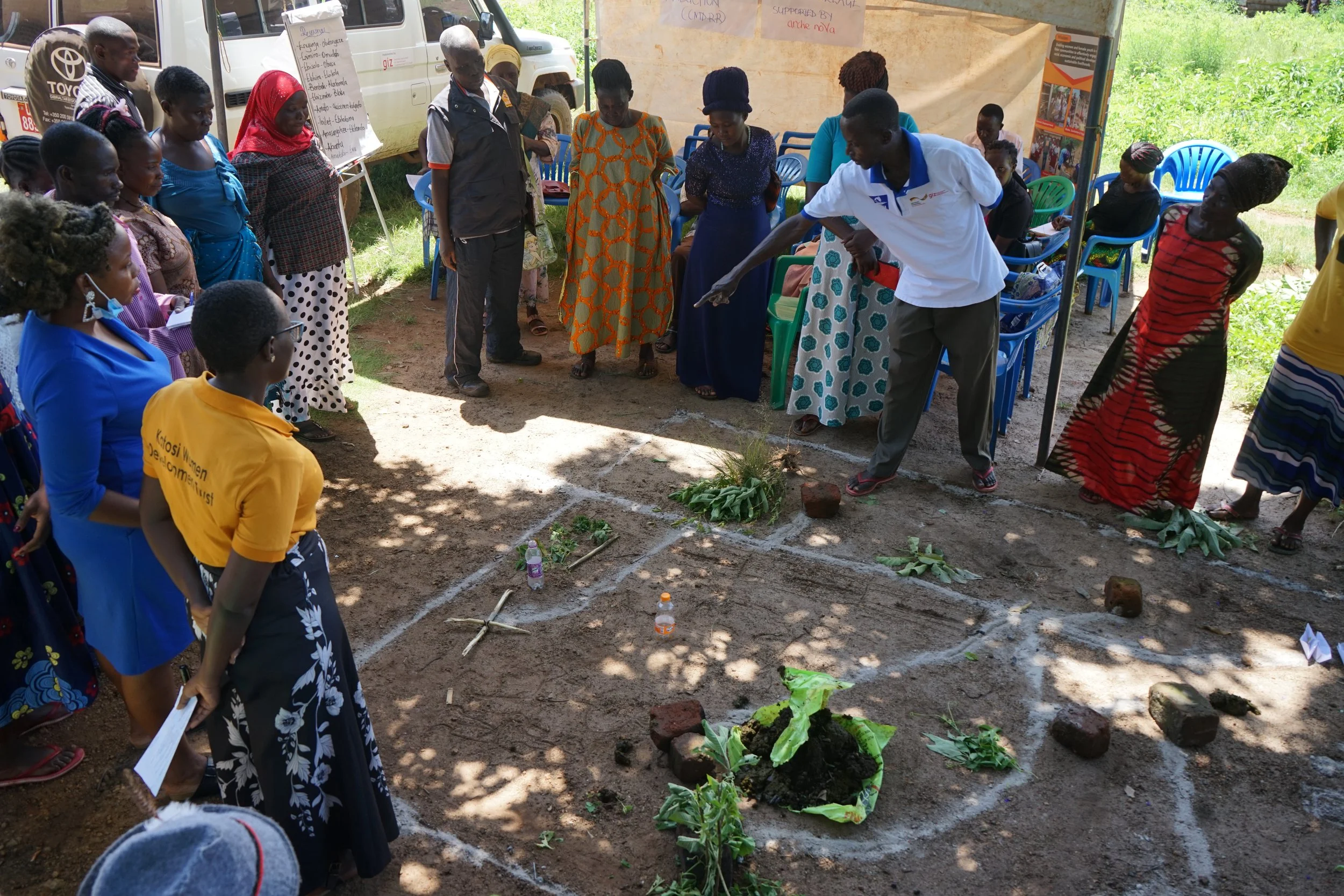Resilience and Risks: Insights from Uganda’s Fishing Communities
Rural communities around the world are facing serious challenges towards establishing sustained progress due to a number of natural and man made hazards like urbanization and climate change. Fisherfolk, farmers and pastoralists in the rural communities of the global south are facing the extremes of these risks as many rural fisher communities depend on fisheries and agriculture for their basic needs.
Disaster happens when a community with very low capacity cannot cope on their own when a hazard strikes their community. Over the years, disasters have always demonstrated an intricate link to development. Disasters can wipe out years of development efforts. Adversely, unsustainable development patterns also expose more people and assets to disaster risk.
In a bid to build resilience of vulnerable communities to disasters, KWDT is gradually shifting from a reactive to proactive development by integrating Community Managed Disaster Risk Reduction approach in it’s work. This is to strengthen local ownership and partnership for effective disaster response, prevention and mitigation. The CMDRR approach has been widely applied and appreciated as a sustainable community empowerment approach that facilitates inclusive participation such as women, elders and youth during community action planning. Using a wide range of participatory rural appraisal tools, the communities are empowered to analyze, profile, prioritize hazards and suggest mitigation interventions.
With support from arche noVa KWDT staff undertook a Master Training on CMDRR to strengthen their capacities to facilitate field practicums that will develop strategies and actions effective in reducing anticipated hazards and disasters in 13 fishing villages in Mukono, Kalangala & Buvuma. Additionally, 13 Participatory Disaster Risk Assessments have been carried out in 13 fishing villages to establish measures that protect individual and community assets from recurrent floods and other environmental disasters.
People should take lead in identifying hazards and vulnerabilities to enhance their capacities to address and mitigate these hazards. For example, these communities established Community Managed Disaster Risk Reduction Committees after gaining invaluable insight into the challenges and opportunities within their fishing communities. By addressing the identified hazards, such as army brutality and domestic violence, leveraging available resources like women’s groups and natural assets, and closing capacity gaps in training, financial access, and governance, these communities can build resilience and achieve sustainable development. Collaborative efforts among stakeholders remain pivotal to the success of these interventions.






